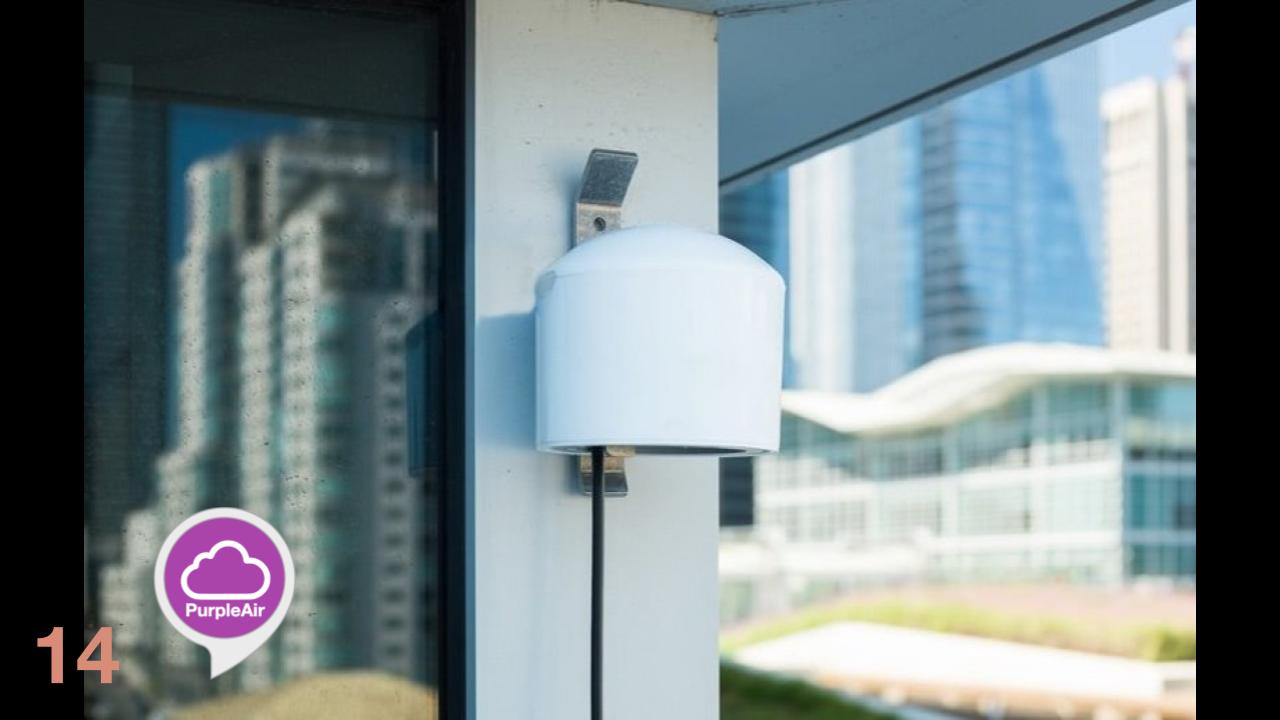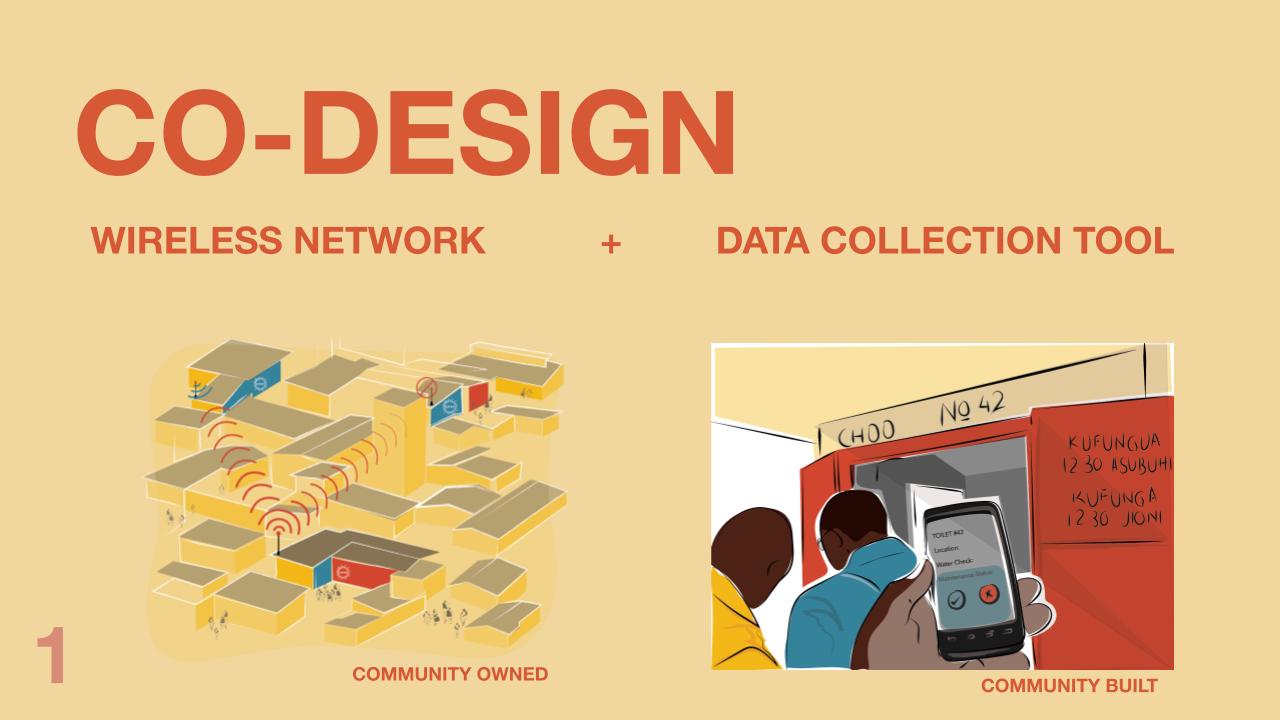BUILDING A COMMUNITY NETWORK
Scroll through to understand the process we followed in setting up our network below
1 | Co-designing with the community
The KPSPIN (Kibera Public Space Internet Network) is based in Kibera, an informal settlement in Nairobi, Kenya. In this pilot, we developed a process to co-create a network of community based wireless internet and data hubs with the community.
2 | Community Public Space Network
We first identified community partners who has a trusted presence and existing network in the community (KDI and TunaPanda) and established partnerships with them. It was important to identify existing on-ground infrastructure and collaborated with the community to build our network on top of KDI’s Kibera Public Space Project (KPSP).

3 | Request for Proposals
To select the sites for the pilot, we carried out a Request for Proposals (RFP) process with the KPSP community groups to ensure transparency and fairness. 5 Community Based Organizations (CBOs) at 4 KPSP sites were selected, including a community center, a women’s and children’s day care center and youth centers.

4 | Explaining the Technology
There were several meetings with the community to build capacity and knowledge. In one of the first data meetings, the communities were introduced to the concepts of data, networks and internet. These meetings and trainings were a crucial part of the LDH model. 
5 | Understanding Site Challenges
Before setting up the WiFi network, it is very important to understand the on-site challenges to ensure a reliable and stable internet connection. Common barriers to the network in Kibera included line of sight, weather, power supply, interferences and distance.![]() 6 | Setting up the Network
6 | Setting up the Network
After a thorough site survey, we set up our mesh network with a signal beaming point at the provider’s site and receivers at the KPSP sites. Through the course of the project, there were several network challenges including power supply and backhaul issues.

7 | Equipment Configuration
We designed how the recievers at each site should connect to indoor and outdoor routers to create a Wi-Fi network at the sites. To overcome lack of reliable and legal sources of power supply, we used solar panels to power the devices.
8 | Collaborative Installation
We installed the devices at the site collectively with the community through a device installation and management training at each KPSP site.
9 | Logging into the Network
We designed 2 portals for the network- a captive portal and an admin portal. A captive portal is essentially a landing page that pops up on the user’s device when they connect to the network. We are using this captive portal to display community based data and it has the capability to accommodate payment collection as the business plan develops.
10 | Managing the Network
The admin portal is crucial for on site self network management by the communities. The communities need a way to change the Wi-Fi password, manage users on the network, check internet connection speed and signal strength. We are trying to build both the tools and the knowledge in the communities to use these tools through trainings and capacity building workshops.

11 | Data Collection and Action
The internet on site is intended to serve as a host network to empower the communities collect data about themselves and their environment. This ‘Data Action and Empowerment’ approach is the key innovation of LDH to help communities understand the use of data both as a tool for collective action and advocacy. We are collecting data through environmental sensors and surveys on the captive portal.
12 | Business Model Development
The business plan is another key component to ensure long term financial sustainability and self-reliance of the project. We are working with the communities to help them develop plans for selling the internet to users based on what their collectively ageered plan tarrifs. We are helping the communities use the data collected through the project for to generate revenue through research partnerships.
13 | Air Pollution Sensing
As the first step in the data collection process, we have installed outdoor air quality sensors (Purple Air) on the 4 sites. These sensors are constantly collecting data about the air quality in the settlement.

14 | Data Action
We held trainings with the communities to help them learn how they could access this data, how to read the visualization and how this could be used as a tool for creating awarness, action and advocacy in the community to address common sources of pollution. Copyright @ Living Data Hubs 2022
website design: Surbhi Agrawal | drawings: Sarah Rege
website design: Surbhi Agrawal | drawings: Sarah Rege

 6 | Setting up the Network
6 | Setting up the Network